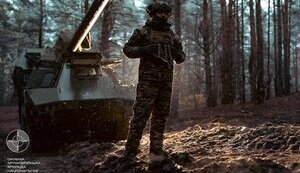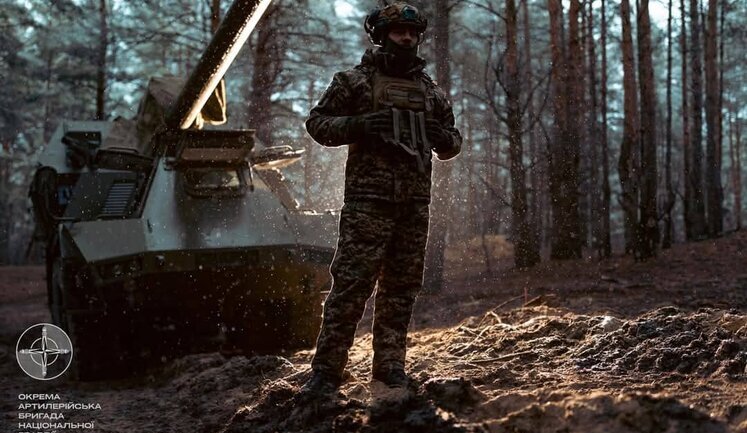In recent months, the production and deployment of self-propelled artillery systems have played a significant role in Ukraine’s defense strategy. President Zelenskyy announced the production of 40 "Bohdana" self-propelled guns monthly, highlighting domestic capabilities. Globally, the destruction of North Korean "Koksan" systems by Ukraine's Nemesis fighters emphasizes the pivotal role of this technology. Reports show Ukrainian drones destroying Russian SPGs like the "Hyacinth-S", "Msta-S", and "Pion". Additionally, international support grows as the UK and Sweden contribute with AS-90s and Archers, respectively. Self-propelled artillery remains vital in modern warfare, enabling precision and mobility.
What are self-propelled artillery systems used for?
Self-propelled artillery systems are used in military operations to provide mobile and precise firepower support. They combine the firepower of traditional artillery with the mobility of vehicles, allowing for rapid redeployment and sustained firing capability. In modern warfare, these systems play essential roles in both offensive and defensive operations by improving response time and tactical flexibility, crucial in dynamic conflict scenarios.
How has Ukraine enhanced its self-propelled artillery capabilities?
Ukraine has significantly enhanced its self-propelled artillery capabilities by developing and manufacturing its "Bohdana" self-propelled guns. Ukraine's defense industry aims to surpass global competitors by producing advanced systems that contribute to its national defense. Regularly producing 40 units per month, Ukraine demonstrates its ability to maintain high production standards and self-reliance amid ongoing conflicts.
What role do international allies play in Ukraine's artillery development?
International allies have played a supportive role in Ukraine's artillery development by providing financial and technical aid. Countries like Denmark and the UK have contributed resources, including funds and equipment like AS-90s, to bolster Ukraine’s defense capabilities. Such partnerships enable Ukraine to sustain its production pace and integrate advanced technologies, ensuring its armed forces are equipped to counter evolving threats.
What is the global impact of destroying North Korean "Koksan" artillery systems?
The destruction of North Korean "Koksan" artillery systems by Ukrainian forces highlights the global implications of precision warfare technology. It underscores the significance of international military collaboration and the need for adaptive strategies in facing diverse threats. This act also exemplifies the effectiveness of modern drones and other unmanned systems, showcasing advanced military capabilities and influencing strategic balances.
Why is self-propelled artillery crucial in modern warfare?
Self-propelled artillery is crucial in modern warfare due to its combination of maneuverability and firepower. It allows military forces to engage targets with high accuracy from a distance while maintaining the ability to relocate quickly. This capability is vital for both offensive and defensive tactics, offering strategic advantages by enhancing force projection and battlefield dominance, critical aspects in contemporary conflicts.
How does drone technology integrate with self-propelled artillery operations?
Drone technology integrates with self-propelled artillery operations by providing critical reconnaissance and targeting data. Unmanned aerial systems (UAS) enhance situational awareness by transmitting real-time imagery and information, enabling artillery units to execute precise strikes. This synergy improves the efficiency and accuracy of artillery fire while minimizing the risk of collateral damage, thus optimizing operational effectiveness in complex environments.

































































